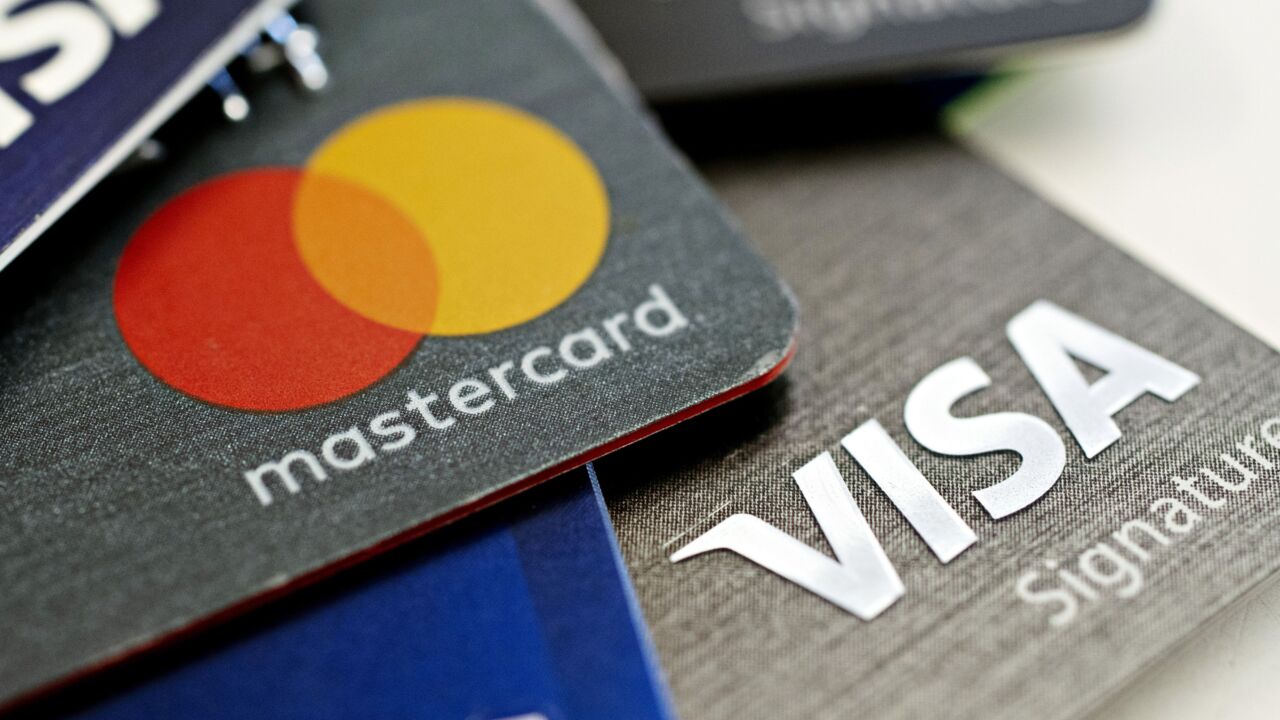
Hoping to benefit from banks' growing interest in health care, the financial technology provider Fiserv Inc. is introducing a health savings account that its says could enable banks to increase their deposits.
James W. Sizemore, a senior vice president and the chief information officer of Fiserv's Information Technology Inc. unit, said the account, to be announced today, will initially target the 8,000 community banks and credit unions with which Fiserv has core processing relationships.
Many banks, Mr. Sizemore said, will probably have some kind of HSA program in place by the fourth quarter, when most employers hold their open enrollment period for workers to make their 2006 health plan decisions.
Fiserv, of Brookfield, Wis., sees banks selling health savings accounts to their commercial customers, especially small businesses. HSA savings are tax-free and can be used for consumers' medical expenses, and are catching the eye of bankers that want to administer the accounts.
"You ask bankers why health savings accounts excite them, and the No. 1 answer is deposit growth," Mr. Sizemore said in an interview Thursday.
Offering Fiserv's HSAs could help smaller banks compete against larger ones that have the technology to develop HSAs themselves, he said.
The accounts are complex - they need to connect with the customer's insurance plan to track expenses against the plan's deductibles and other rules, and they involve both transactional and savings components. "It was not within the bandwidth of their organizations" for smaller banks to offer them, Mr. Sizemore said.
Health savings accounts were authorized in December 2003 by the Medicare Prescription Drug Improvement and Modernization Act. Financial institutions became eligible to offer them in 2004. HSAs allow consumers with high-deductible health plans to use payroll deductions - similar to individual retirement accounts - to set aside pretax dollars to pay health-care and pharmaceutical costs not covered by their insurance.
With medical flexible spending accounts, people can put aside money for use within a calendar year. HSA funds, by contrast, can be saved until any point when the customer might need them.
Forrester Research Inc. of Cambridge, Mass., projected in May that HSA plans would attract 22 million Americans - or 12% of the commercially insured market - in 2008, more than eight times the estimated 2.7 million enrollees today.
Survey results released in May by Mellon Financial Corp. of Pittsburgh said that though only about 7% of U.S. employers were offering HSA plans, 32% planned to offer them next year.
Competition in this potentially large market is mounting in the financial industry. Large banking companies, including JPMorgan Chase & Co. and Wells Fargo & Co., have developed in-house HSA programs, and the card associations MasterCard International and Visa U.S.A. Inc. have said that the accounts will probably become a growth engine for debit card transactions. (In many HSA programs a special debit card is used to access the funds.)
Metavante Corp., the technology subsidiary of the Milwaukee banking company Marshall & Ilsley Corp., announced last month that it had agreed to acquire Med-i-Bank Inc. of Waltham, Mass., an electronic payment processor for health savings accounts and flexible savings accounts.
Fiserv has been developing its Fiserv Health unit for several years. Since 2002 it has made at least five acquisitions in fields such as pharmacy-benefit management and third-party administration of employer plans.
Fiserv's revenue from health plan management has roughly doubled in each of the past three years. In the first quarter the health-care unit contributed 27% of the company's $882.3 million of processing and services revenue and 12% of its $188 million of operating income.
James W. Cox, the group president of Fiserv Health, said that 1,500 businesses, covering more than 4 million individual health plan members, use Fiserv's health management services.
Mr. Cox said Fiserv plans to tie the health plan information that it already has to its new HSA product so that consumers could go to their banks' Web sites to find in-network doctors and hospitals, or find cost and service-quality data on individual health-care providers from third-party sources.
As HSAs gain support among larger employers, enrollments could grow quickly, Mr. Cox said, "creating HSA-eligible employees by the thousands rather than the ones and twos."
Matthew Josefowicz, the manager of the insurance practice at the Boston market research firm Celent Communications LLC, said HSA-based plans could do for health programs what 401(k) plans have done to corporate pensions, supplanting defined-benefit plans (and their skyrocketing costs) with defined-contribution programs that put the responsibility on the individual consumer.
"HSAs are having an astonishing adoption rate," Mr. Josefowicz said. "It's not because consumers are clamoring for them. It's because they are more cost-effective for employers."
Katy Henrickson, a senior analyst at Forrester Research, noted that with the early HSA implementations, insurance carriers have picked the banks with which they wanted to offer the accounts to people. However, consumers have the right to choose where HSA payroll deductions are deposited, and she said that some are likely to prefer their own bank rather than the one chosen by the insurer.
As a result, HSA products "will have to be increasingly plug-and-play for both the employer and the health plan in the future," Ms. Henrickson said. "It's really unclear how the banking and health plan partnerships are going to shake out."





